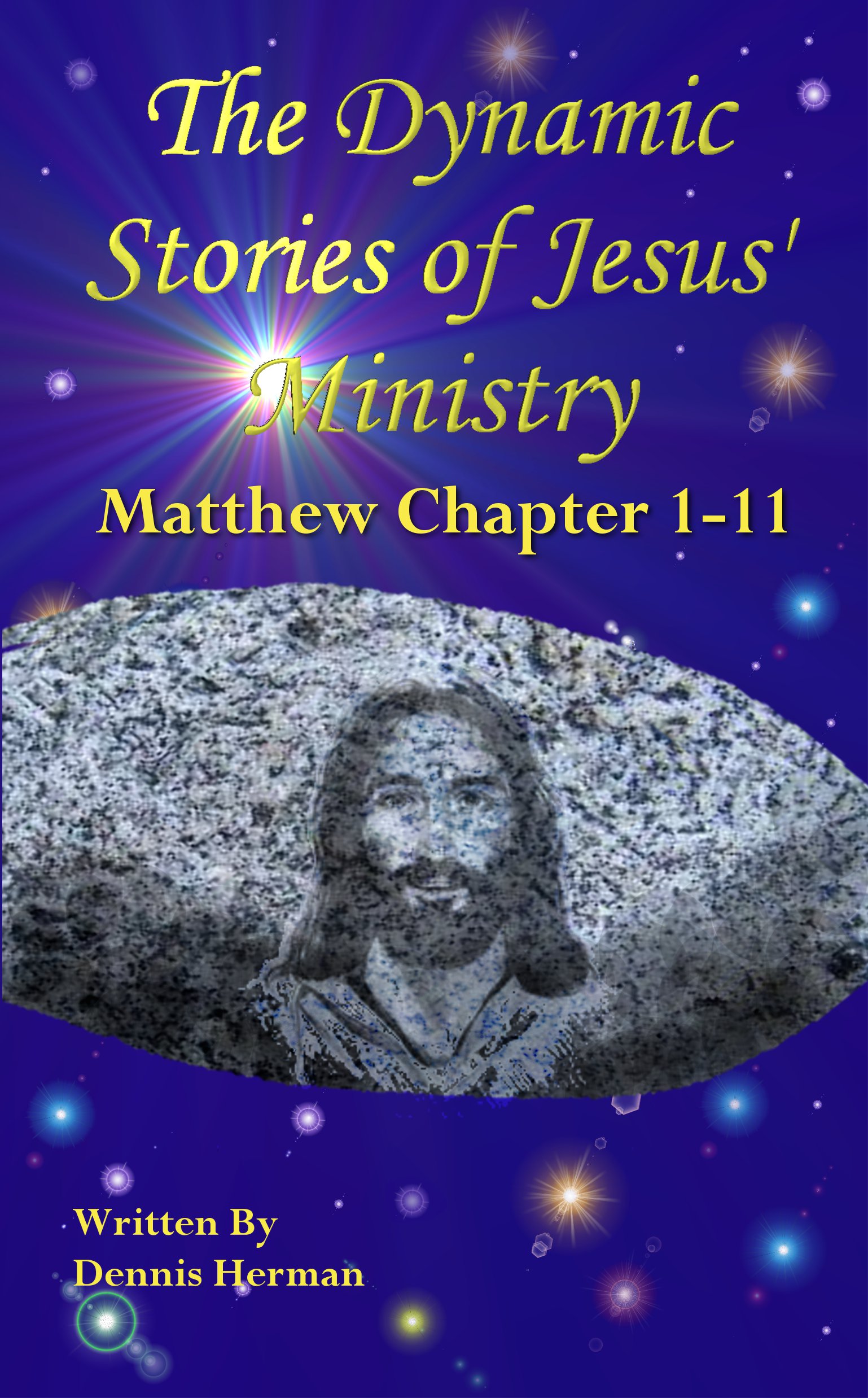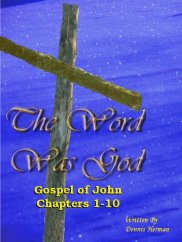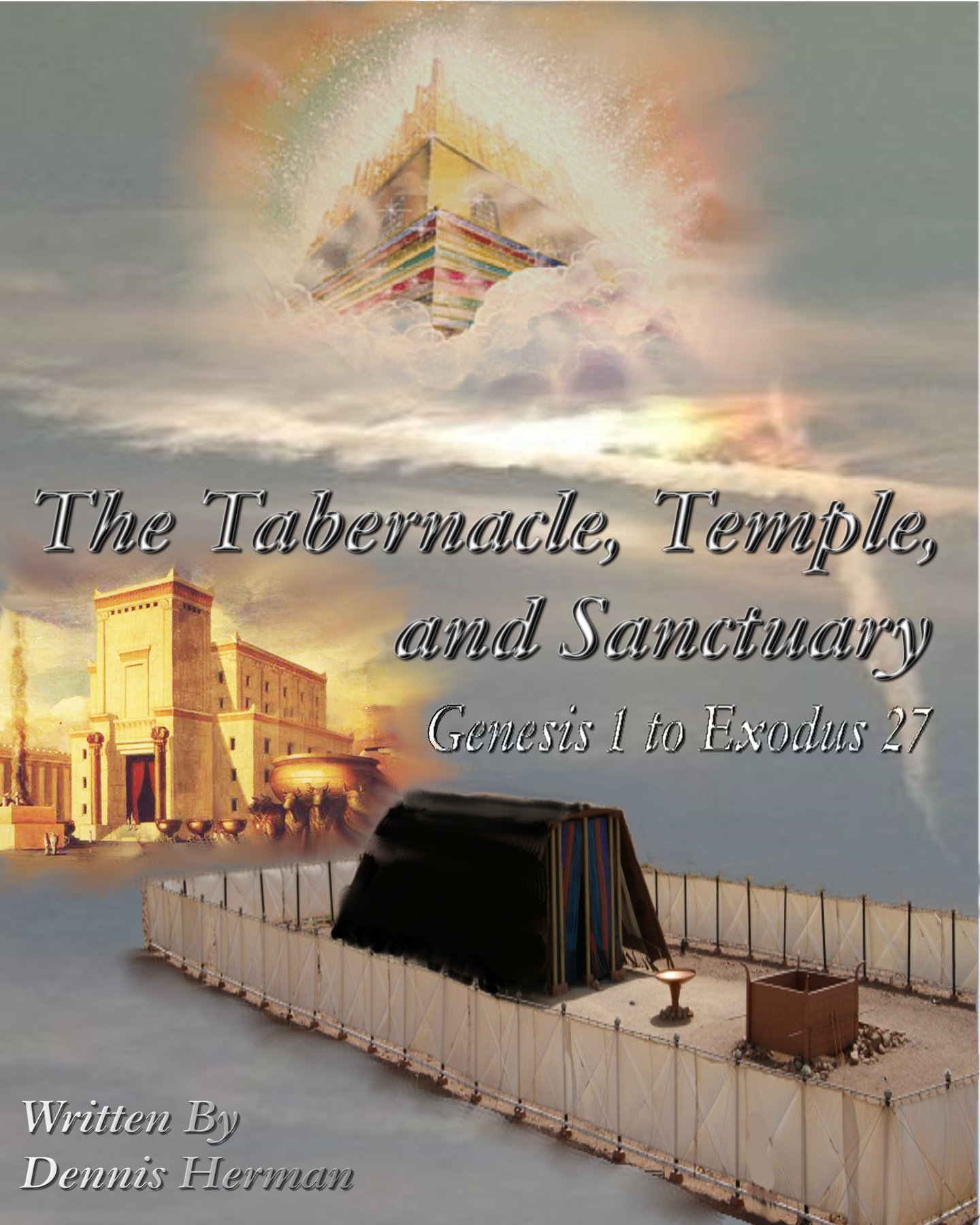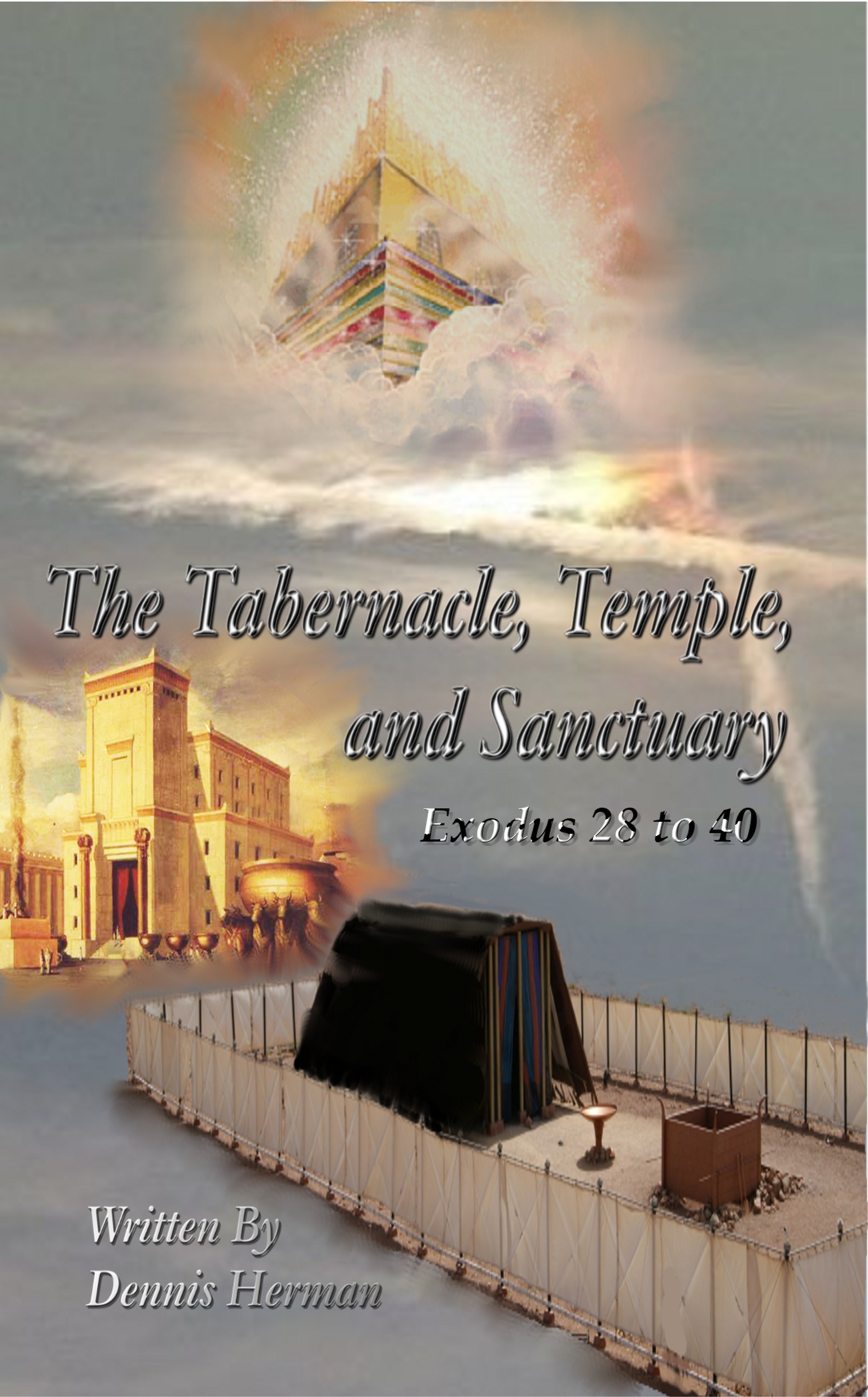Leviticus 22:19 An Offering Without Blemish
Leviticus 22:19 KJV Ye shall offer at your own will a male without blemish, of the beeves, of the sheep, or of the goats.
When people see this verse, they immediately know it is a prophecy about Jesus. But how do we show people how the prophecy was fulfilled? If you were to explain how Jesus fulfilled this prophecy, what verses would you show people? If you didn’t know, how would you find them? The easiest way is to search the most obvious words which are, “without blemish.” This leads us to one obvious text.
1 Peter 1:18-19 KJV Forasmuch as ye know that ye were not redeemed with corruptible things, as silver and gold, from your vain conversation received by tradition from your fathers; (19) But with the precious blood of Christ, as of a lamb without blemish and without spot:
How do we know these two verses are used within the same context? How do we compare context between two chapters, especially one in the Old Testament, the other in the New? The same method used to compare any context, look at the theme of each chapter. The theme is introduced within the first few verses of a chapter.
Leviticus 22:3 NLTse Give them the following instructions. “In all future generations, if any of your descendants is ceremonially unclean when he approaches the sacred offerings that the people of Israel consecrate to the LORD, he must be cut off from my presence. I am the LORD.
Leviticus 22 contains instructions for Aaron and his descendants, the priests assigned to minister in the Tabernacle. The command of remaining clean, God established with the priesthood, also applied to the sacrifice. We see evidence of this in the description, a male without blemish. The theme of Leviticus chapter 22 relates to the condition and reverence of both the sacrifice and the priests offering it. The introduction in Peter’s first letter discusses the same subject, remaining clean in the presence of God.
1 Peter 1:2 NLTse God the Father knew you and chose you long ago, and his Spirit has made you holy. As a result, you have obeyed him and have been cleansed by the blood of Jesus Christ. May God give you more and more grace and peace.
Based on a simple observation of the introduction found in the first few verses of each chapter, we see Leviticus chapter 22 uses symbols pointing to the sacrifice of Christ, while 1 Peter chapter 1 describes it in greater spiritual detail. The animals without blemish were symbols pointing to Jesus’ perfect sacrifice. We also see a reference to Aaron, the high priest and the awesome responsibilities he carried. Then the LORD said to Aaron: “You, your sons, and your relatives from the tribe of Levi will be held responsible for any offenses related to the sanctuary. But you and your sons alone will be held responsible for violations connected with the priesthood.” (Numbers 18:1 NLTse). The high priest was also a symbol pointing to Jesus. “So then, since we have a great High Priest who has entered heaven, Jesus the Son of God, let us hold firmly to what we believe.” (Hebrews 4:14 NLTse).
How do we explain how a physical lamb with no physical blemishes is a symbol pointing to Christ? When we read a few more verses in Leviticus 22 we find additional details describing the sacrifice. “Ye shall not offer unto the LORD that which is bruised, or crushed, or broken, or cut; neither shall ye make any offering thereof in your land.? (Leviticus 22:24 KJV). How do we explain the connection between the physical and spiritual? Was Christ offered as a physically perfect sacrifice? What verses comes to mind? One of the most detailed prophecies of Jesus is found in Isaiah. “My servant grew up in the LORD’s presence like a tender green shoot, like a root in dry ground. There was nothing beautiful or majestic about his appearance, nothing to attract us to him. He was despised and rejected– a man of sorrows, acquainted with deepest grief. We turned our backs on him and looked the other way. He was despised, and we did not care.” (Isaiah 53:2-3 NLTse). The entire chapter is a prophecy about Jesus, telling us, Jesus did not come to this world in a physical appearance the world would expect. Because of His physical appearance, we turned our backs on Him. Is this the physical imagine pointing to a perfect sacrifice?
Are there other verses about Jesus’ physical appearance that come to mind? What about His physical appearance just before His crucifixion? “So Pilate released Barabbas to them. He ordered Jesus flogged with a lead-tipped whip, then turned him over to the Roman soldiers to be crucified.” (Matthew 27:26 NLTse). Think of this in physical terms of inspecting a lamb offered as a sacrifice. Would a priest accept an animal whipped nearly to death? Maybe there was more to this than what we have considered. Although the texts shows Pilate ordered Jesus whipped, did the priests know this was the normal procedure used by Rome? What about another Old Testament text? “His body shall not remain all night upon the tree, but thou shalt in any wise bury him that day; (for he that is hanged is accursed of God;) that thy land be not defiled, which the LORD thy God giveth thee for an inheritance.” (Deuteronomy 21:23 KJV). It seems the priests knew enough about scripture to be dangerous. Did the priests turn their backs on Jesus and despise Him so much they did everything in their power to ensure Jesus could not be a sacrifice without blemish? Was it their plan to mark Jesus and hang Him on a tree, the cross, so He could not be the perfect sacrifice they used in their services? It seems the priests planned to have Jesus hung on a cross. Before Pilate had a chance to make a decision, they convinced the crowd to free a violent prisoner and sacrifice Jesus. Meanwhile, the leading priests and the elders persuaded the crowd to ask for Barabbas to be released and for Jesus to be put to death. So the governor asked again, “Which of these two do you want me to release to you?” The crowd shouted back, “Barabbas!” Pilate responded, “Then what should I do with Jesus who is called the Messiah?” They shouted back, “Crucify him!” (Matthew 27:20-22 NLTse).
Reviewing these texts shows us the physical struggle Jesus endured. How do we look at the spiritual, which is the fulfillment of the physical? The first place to look is the original chapter. “And whosoever offereth a sacrifice of peace offerings unto the LORD to accomplish his vow, or a freewill offering in beeves or sheep, it shall be perfect to be accepted; there shall be no blemish therein.” (Leviticus 22:21 KJV). We find the word perfect substituted for the phrase without blemish. When we search perfect offering we find: The old system under the law of Moses was only a shadow, a dim preview of the good things to come, not the good things themselves. The sacrifices under that system were repeated again and again, year after year, but they were never able to provide perfect cleansing for those who came to worship. If they could have provided perfect cleansing, the sacrifices would have stopped, for the worshipers would have been purified once for all time, and their feelings of guilt would have disappeared. But instead, those sacrifices actually reminded them of their sins year after year. For it is not possible for the blood of bulls and goats to take away sins. That is why, when Christ came into the world, he said to God, “You did not want animal sacrifices or sin offerings. But you have given me a body to offer.” (Hebrews 10:1-5 NLTse).
There is no better book to study than Hebrews to understand the relationship between the symbols used in the Tabernacle and how they were fulfilled by Christ and His ministry. Knowing these relationships exist is one thing. Studying them, knowing how to explain them, and sharing them with others is fulfilling the role of Jesus’ disciple.






















